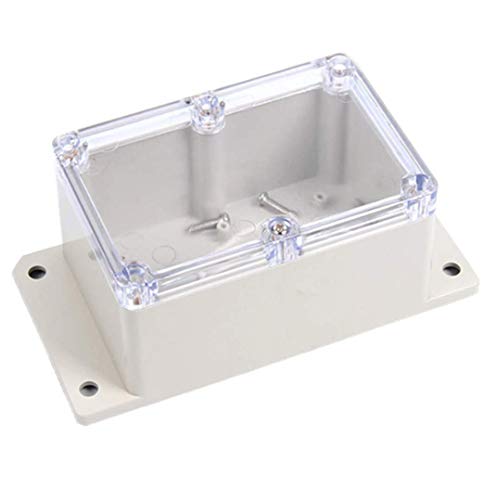Hello wise ones! My 1st post so please be gentle 
Before I beg you for your advice i'll give you a quick resume. Was in IT for 20 years and then made redundant in April. Decided then to follow my boyhood dream and become an electrician.. A hunt around for an electrician's mate position did not bear any fruit so I decided to go down the paper electrician's route. Not much else I could do. So, I have now passed the 2330 level 2, 17th regs, Part P and PAT testing exams. 2330 level 3 training starts in 1 week which will be finished by xmas. Done some electrical work here and there as well. So, my soul having been revealed, here are my questions.
For my Elecsa part P assessment, I intend to install a new circuit in a detached garage, radial to twin socket, max usage 3kw and a single light. So, standard 2 way RCD board in the garage, 1 x 6A and 1 x 16A. The detached garage is only a doors width from the house. The total length for the cable from the garage to the main CU(split RCD) in the house is 18m. What I need some advice on is the following.
In regards to getting the cable over to the garage, i will have to go overhead. Is it acceptable to run the cable through some pvc conduit between the buildings or will i have to go with catenary? The reason i suggest conduit is that i will be running conduit round the building to get to the garage, so if i used conduit to bridge the buildings I could run the singles all the way to the board in the garage.
The rating of the MCB for this circuit on the main CU in the house. I have a spare 20A, will this be ok to use? Considering my design current for the circuit will not exceed 15A.
The csa of the cable.. 4mm single pvc has a 32A current carrying capacity so would be more than adequate for the job, however I was wondering if 2.5mm ( 24A current carrying capacity ) would be ok as it seems in theory it would. As design current (15A) will be less than the device current(20A) which will be less than the current carrying capacity (24A).
Look forward to hearing from you,cheers!
Before I beg you for your advice i'll give you a quick resume. Was in IT for 20 years and then made redundant in April. Decided then to follow my boyhood dream and become an electrician.. A hunt around for an electrician's mate position did not bear any fruit so I decided to go down the paper electrician's route. Not much else I could do. So, I have now passed the 2330 level 2, 17th regs, Part P and PAT testing exams. 2330 level 3 training starts in 1 week which will be finished by xmas. Done some electrical work here and there as well. So, my soul having been revealed, here are my questions.
For my Elecsa part P assessment, I intend to install a new circuit in a detached garage, radial to twin socket, max usage 3kw and a single light. So, standard 2 way RCD board in the garage, 1 x 6A and 1 x 16A. The detached garage is only a doors width from the house. The total length for the cable from the garage to the main CU(split RCD) in the house is 18m. What I need some advice on is the following.
In regards to getting the cable over to the garage, i will have to go overhead. Is it acceptable to run the cable through some pvc conduit between the buildings or will i have to go with catenary? The reason i suggest conduit is that i will be running conduit round the building to get to the garage, so if i used conduit to bridge the buildings I could run the singles all the way to the board in the garage.
The rating of the MCB for this circuit on the main CU in the house. I have a spare 20A, will this be ok to use? Considering my design current for the circuit will not exceed 15A.
The csa of the cable.. 4mm single pvc has a 32A current carrying capacity so would be more than adequate for the job, however I was wondering if 2.5mm ( 24A current carrying capacity ) would be ok as it seems in theory it would. As design current (15A) will be less than the device current(20A) which will be less than the current carrying capacity (24A).
Look forward to hearing from you,cheers!































































